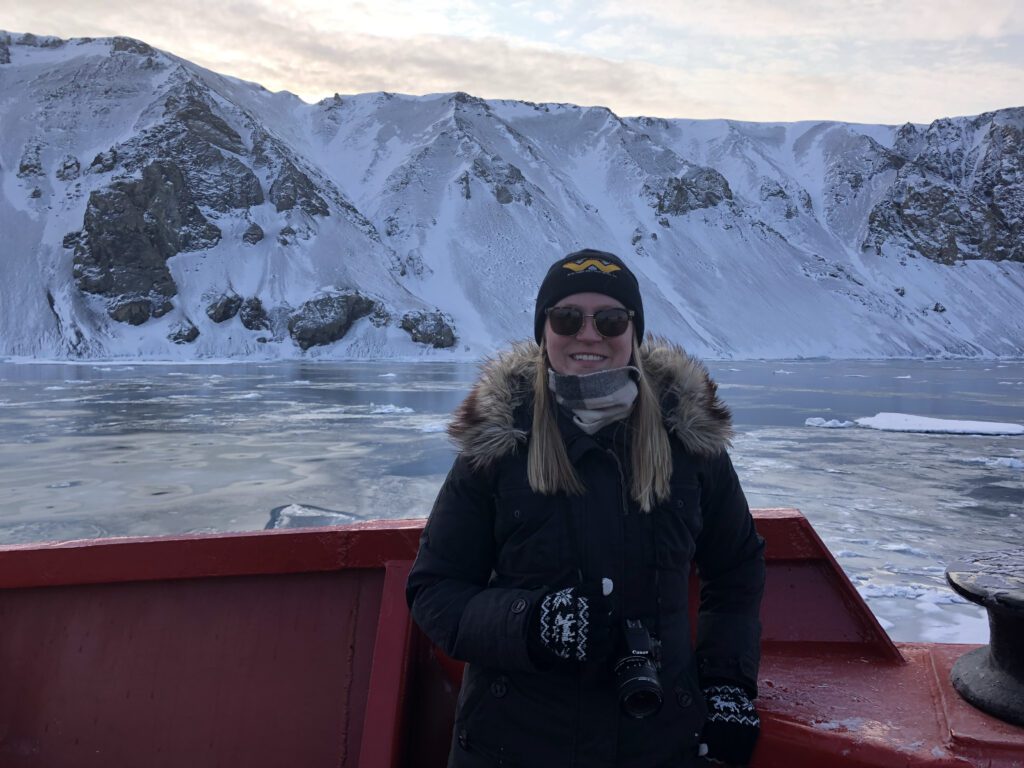The global marine ecosystem faces mounting threats from human activities like resource extraction and the pervasive impact of climate change. This has sparked global initiatives urging the protection of at least 30% of the world’s ocean habitats by 2030, yet much of the deep ocean remains inadequately explored and understood.
In the ocean off Labrador’s coast, adjacent to Nunatsiavut, lies largely unmapped and unexplored territory, rich in traditional and local knowledge held by the Labrador Inuit. The Nunatsiavut Government’s Imappivut Marine Planning Initiative aims to integrate Indigenous knowledge and scientific data to support self-determined marine spatial planning and Indigenous area-based protection measures. This concerted effort has unveiled a hidden deep-water biodiversity: Makkovik Hanging Gardens. This area hosts a unique Primnoa corals, which are a significant ecological find, especially in their coastal proximity. Beyond the Gardens, the study area exhibits rich biodiversity, with vertical coral walls towering above deep, warm trough habitats. These habitats host various indicator species and commercially important fish and invertebrates
This study illustrates the exploratory process initiated by Nunatsiavut, which underscores the advantages of merging local knowledge with various scientific technologies aboard the CCGS Amundsen (such as remotely operated vehicles and multibeam sonar) to identify, explore, and comprehend biodiversity in previously undiscovered areas toward the advancement of both local Indigenous and global conservation goals.



